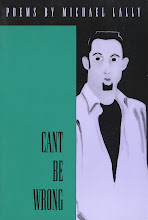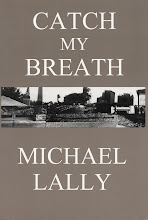
The subtitle to this book by David Hajdu is “The Lives and Times of Joan Baez, Bob Dylan, Mimi Baez Farina and Richard Farina.” And ever since it first came out in 2001, people have been recommending it.
I don’t know about you, but when people recommend something to me that I know something about, I usually recoil, at least temporarily. It’s like throughout my life when new friends said they had a friend who reminded them of me and wanted me to meet him. It rarely turned out the way they thought it would. Usually the similarities were in the eye of the beholder.
But I picked up a used copy of this book in a bookstore in the Berkshires a few weeks ago and once I started reading the first page, I was glad I did.
I no longer remember which friends recommended it to me, but whoever you are you were right. I totally dug it, despite a few minor quibbles—like how can friends be “old intimates” of Dylan’s only two years after he met them, or is “All I Really Wanna Do” really a “fraternal love song?”!
But aside from a few slips like those, this is the most accurate account of those times—and four of the most visible people coming to prominence then—than any other account I’ve read, including Dylan’s and Joan Baez’s own.
I met Dylan before he recorded, when he first arrived in New York, and ran into him a few times over the years, and observed him and Baez from afar at functions and scenes, and my take on their personalities is verified by what Hadju has written in this book.
It’s a great story about how a big part of what became known as “the sixties” was created, at least in music and how it was picked up on by the media—as well as the story of the ambition and opportunism and individual and collective creativity and chutzpah (is that how you spell it?) that these four shared.
 Hajdu sprinkles the story with statistics and dates of important and emblematic events, as well as of the predominant culture and its seeming triteness in comparison (though the story can be told through many perspectives, including as it is in the book I focused on in my last post—COLTRANE THE STORY OF A SOUND—in which the author makes clear he believes it was ‘Trane’s new sound(s) that was the dominant influence not just in “jazz” but in most music of the time and afterward).
Hajdu sprinkles the story with statistics and dates of important and emblematic events, as well as of the predominant culture and its seeming triteness in comparison (though the story can be told through many perspectives, including as it is in the book I focused on in my last post—COLTRANE THE STORY OF A SOUND—in which the author makes clear he believes it was ‘Trane’s new sound(s) that was the dominant influence not just in “jazz” but in most music of the time and afterward).It was a remarkable period of social and cultural change, not just in the U. S. but worldwide, and these four are perfect examples of many of those changes, and sometimes even influence them. But the disparities between their public personas and their private lives and characters, at least in the most prominent of them—Joan Baez and Bob Dylan—were often glaring.
Hajdu captures those contradictions in details that are clear and concise, and in doing that reveals the reality these four were dealing with that was—if not as hardscrabble as what the rest of us were dealing with then—at least as vibrant and inspired.
If you were alive when the 1960s were just beginning, before they came anywhere near resembling what is now thought of as “the sixties”—or if you’re just interested in the cultural history that contributed to those vast changes in such a brief period of time, this is a terrific book to explore. And it’s written in an easily accessible style that is smart but not “clever” and engaging and entertaining without being overly dramatic or hyped.
Check it out, if you haven’t already. It’s well worth it.
















1 comment:
I am too lazy to go downstairs and find out the name of the author, but in the vein or reading good books about music, I recommend:
HOTEL CALIFORNIA
Post a Comment